Discomfort with German art might seem like a problem that’s particular to the Jewish community. It’s another part of the “I would never set foot in Germany” statement that I often heard in response to my frequent German trips and my subsequent working in Berlin.
Since we’re especially quick to jump at even the slightest hint of anti-Semitism, we ought to take stock of the strong anti-German sentiment that has prevailed in this country (and elsewhere) ever since World War I. (For France and other countries contiguous to what we now know as Germany — a late-19th century creation — those prejudices have a much longer history.) “Huns” and “Jerries” were widely reviled even before the Nazis came to power. And there’s always that lingering question about German culture: How could the same people that produced Beethoven and Goethe manage to engage in such unspeakable horrors?
In the visual arts, on the other hand, the “German question” has an even more nuanced history, relating to a series of age-old aesthetic hierarchies that don’t reference Wagner or Bismarck or Hitler. It’s difficult for us to imagine the French finding any foreign culture superior to their own, yet even their great art patron king, Francis I (reigned 1515-47), lured Leonardo da Vinci to work in his court out of the conviction that Italian art was superior. This kind of ranking has remained a strong factor to our own day and has carried over into our own country, as well, which explains the riches in Italian art as compared with the paucity of German art in our public collections.
The great American collectors of the late 19th and early 20th centuries — those notable clients of the legendary art dealers such as Joseph Duveen — were more comfortable with Italian than with German art. Admittedly, there were forays into British painting (such as by Henry E. Huntington, whose matchless collection can be seen at the Huntington Library and Art Gallery in San Marino), which enabled collectors to feel connected to the titled families whose penury had forced them to sell their art to newly rich Americans. But when it came to the real thing, Italian art reigned supreme, and various countries even set up academies in Rome and Florence to assure that their artists would have direct contact with the masters.
This strong tilt toward the Italian actually led to the founding in 1901 of Harvard University’s Busch-Reisinger Museum devoted to northern European art, especially work from German-speaking countries. Here was a museum established specifically to counterbalance the notion that Italian art was superior.
Museums in cities with strong German immigrant populations, such as St. Louis and Milwaukee, also managed to develop strength in German art. Because they were generally formed later, West Coast collections don’t reflect that traditional approach to collecting, but Los Angeles has the added benefit of a specialist curator, Stephanie Barron, who has helped shape the collecting and exhibition directions at the Los Angeles County Museum of Art (LACMA) toward a more balanced sense of how German art fits into a larger view of general art history. It’s not an overstatement to say that LACMA has long taken a leadership position in this field internationally.
That will once more be in evidence when “Art of Two Germanys/Cold War Cultures” opens at LACMA on Jan. 25. In a massive assemblage of approximately 300 works in a variety of media by 120 artists, the exhibition represents a pioneering effort at surveying the range of art created after Germany’s defeat in 1945 — by artists on both sides of the so-called Iron Curtain.
Jointly curated by LACMA’s Barron and Eckhart Gillen of Kulturprojekte Berlin GmbH, the exhibition respects the notion that artists in postwar Germany — East and West — had to confront both the traditions they inherited from prewar artists and the differing realities of the political systems in which they found themselves.
We’ve had a fair amount of exposure to contemporary German artists over the past decades but generally to the exclusion of those artists working in the German Democratic Republic (East Germany). That’s what makes the prospect of this exhibition so exciting.
There has long been a tendency to denigrate most of the art and artists who were stuck working under the ominous shadow of Soviet socialist realism, especially in those Iron Curtain countries where freedom of expression was state controlled. This exhibition will likely force us to reconsider Western art critics’ prior tendency to dismiss most of what was going on in the East, other than to admire its kitsch qualities or to validate the few artists, as among them Gerhard Richter, who escaped to the West.
But we will also likely be reminded of the difficulty we face in characterizing any art by its national origins these days. By including artists such as Eva Hesse, who came to the United States as a prewar refugee from Nazi Germany; Blinky Palermo, born Peter Schwarze and who moved to New York in 1973, and even Nam June Paik, who was born in Seoul, studied in Germany and moved to New York, the exhibition will presumably emphasize both the qualities that suggest something unique about the artworks’ German-ness and about its international flavor.
But some elements are particular to the German psyche. Just as the specter of the Holocaust haunts more than just the generation that lived through it, much of German art has been tied to Holocaust references that span a broad range of aesthetic and philosophical issues involved in coming to terms with the past and figuring out whether art has a role in that effort. Perhaps best known in the West are the powerful works of Anselm Kiefer, whose outsized devastated landscapes and objects suggest mysterious destructive forces that are not specifically time based. Even without the frequent use of added written citations from German literature, including Paul Celan (one of the preeminent Holocaust poets), Kiefer’s art conjures up a range of nihilist references that are unambiguously about Germany and World War II.
And from a generation before, surely Joseph Beuys remains the most influential of all postwar German artists. Born in 1921, and therefore of an age that involved [obligatory] membership in the Hitler Youth and later the Luftwaffe, as a conceptual artist Beuys worked in a wide range of media, created performances and made a point of persuading viewers that the line between art and politics was fuzzy at best.
For Beuys, everything in the social structure (for him “social sculpture”) was, as with Wagner’s operas, one great Gesamtkunstwerk (unified work of art), and (taking his concept from the German romantic writer Novalis) “everyone is an artist.” From his post-WW II perspective (Beuys died in 1986 at the age of 64), a society that creates the illusion for itself of “starting over” is one in which that sort of mantra might make sense, although Beuys’ work is far too multilayered and complex to be characterized by the notion that just anyone might have done it.
It’s important to remember, too, that for Americans, our understanding of what happened during the war, along with Holocaust acknowledgement and eventual commemorative activities, has evolved over decades. In Germany, the initial postwar reaction involved confrontation of a country both physically and emotionally devastated. Therefore, revelations about the Holocaust, feelings of communal guilt and accusations against the wartime generation by children and grandchildren, half-told and untold stories also developed over time.
The LACMA exhibition will work its way sequentially through these issues and how they are reflected in myriad forms in the work of artists on both sides of the East-West German divide, involving both representational and abstract art.
The show also will introduce visitors to a number of artists whose work has rarely, if ever, been seen in America. My own favorite is Werner Tübke (1929-2004), whose monumental painting, “Battle of Frankhausen,” is said to be the world’s largest painting; it occupies its own building, the so-called Elefant Klo (Elephant’s Toilet), in the middle of nowhere in Thuringia. (This fact might be threatening for aficionados of Forest Lawn’s Crucifixion and Resurrection paintings.) But as a skilled and imaginative realist painter, Tübke demands respect, which I hope happens in the context of this exhibition.
One serious drawback is that after its Los Angeles showing, the exhibition will travel only to Germany (Nuremberg and Berlin). That fact further emphasizes not only the good fortune that Angelenos have in LACMA’s continuing commitment to German art but perhaps also reflects that ongoing reluctance of most American museums to engage seriously with the fascinating aesthetic and intellectual challenges that German art continues to pose.
“Art of Two Germanys/Cold War Cultures” runs Jan. 25 through April 19 at the Los Angeles County Museum of Art. For information visit http://www.lacma.org or call (323) 857-6000.

Did you enjoy this article?
You'll love our roundtable.
Editor's Picks



What Ever Happened to the LA Times?

Who Are the Jews On Joe Biden’s Cabinet?


No Labels: The Group Fighting for the Political Center
Latest Articles
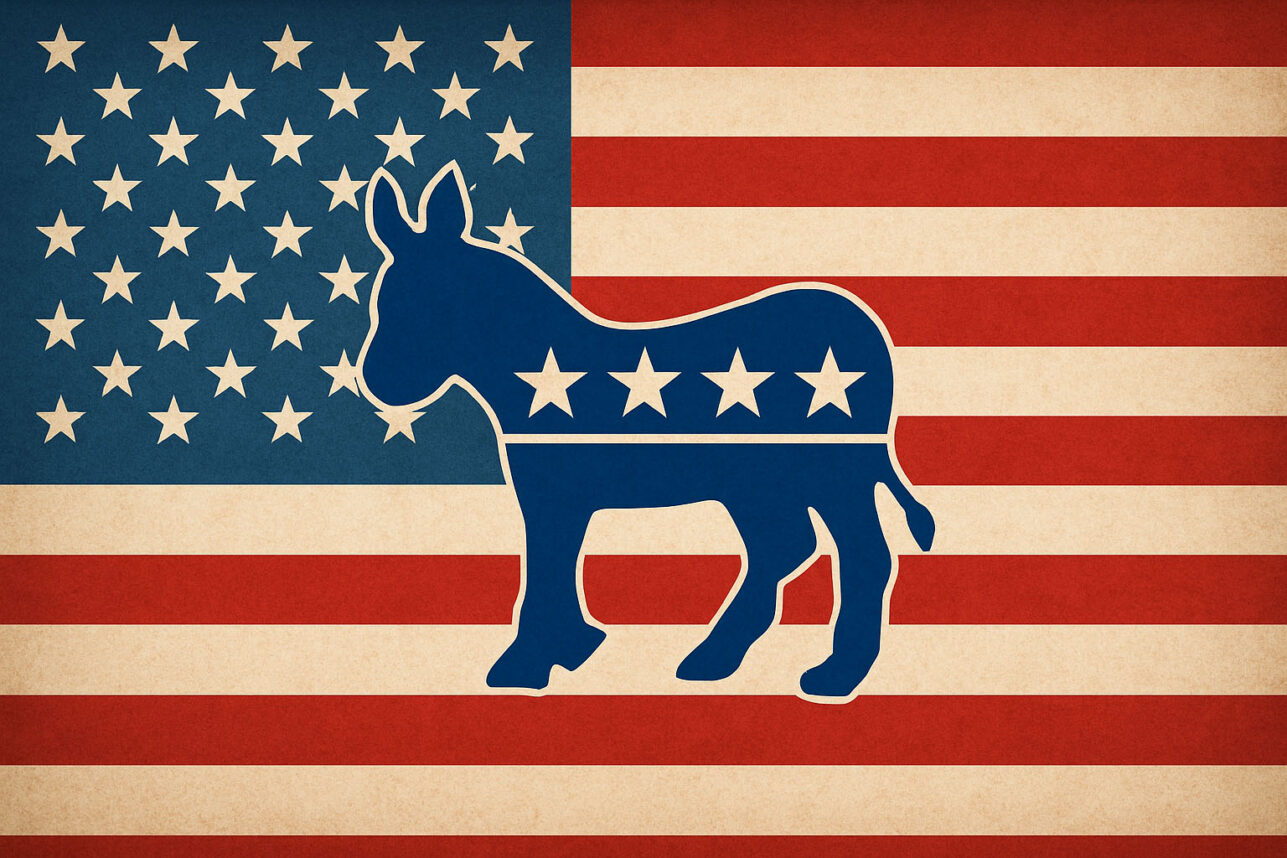
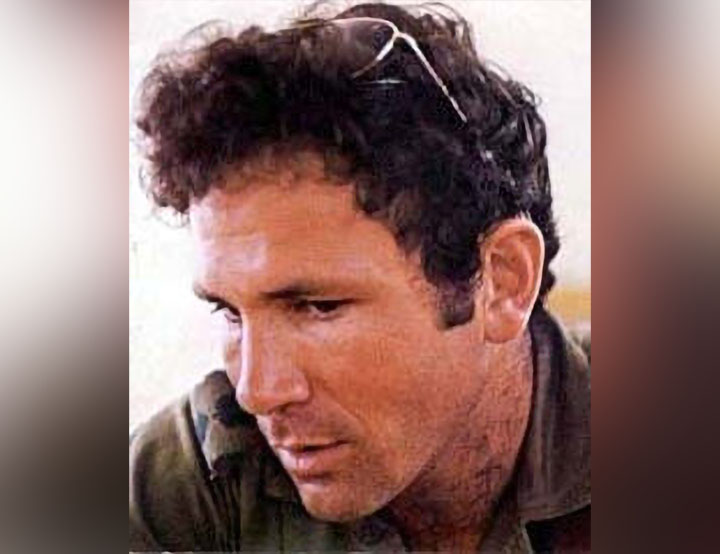
Where Were You on July 4, 1976?
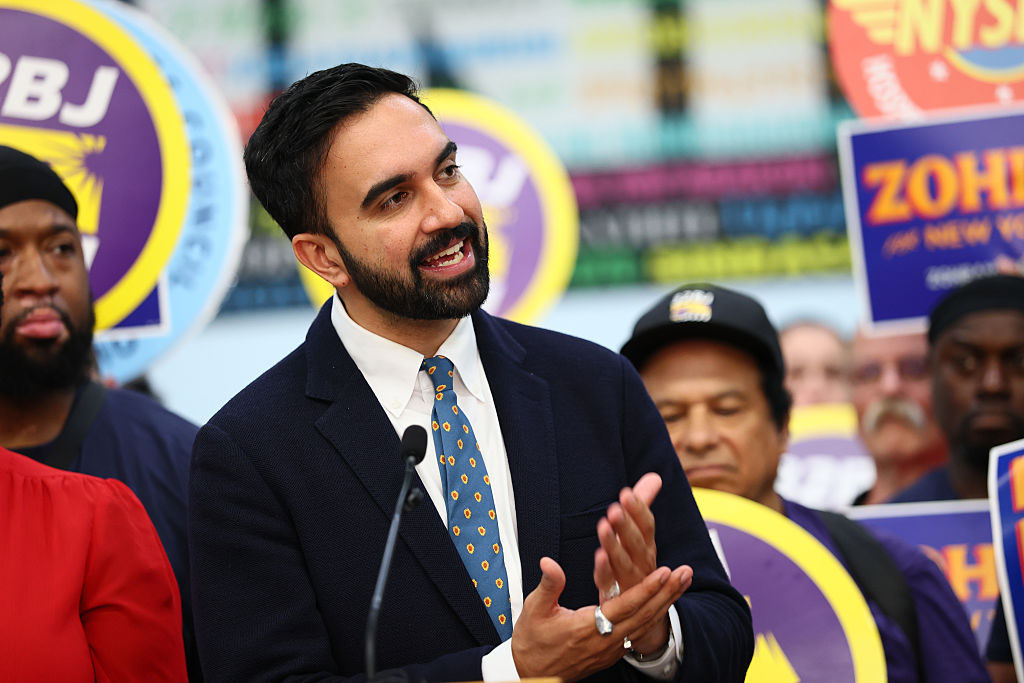
Dealing With Mamdani
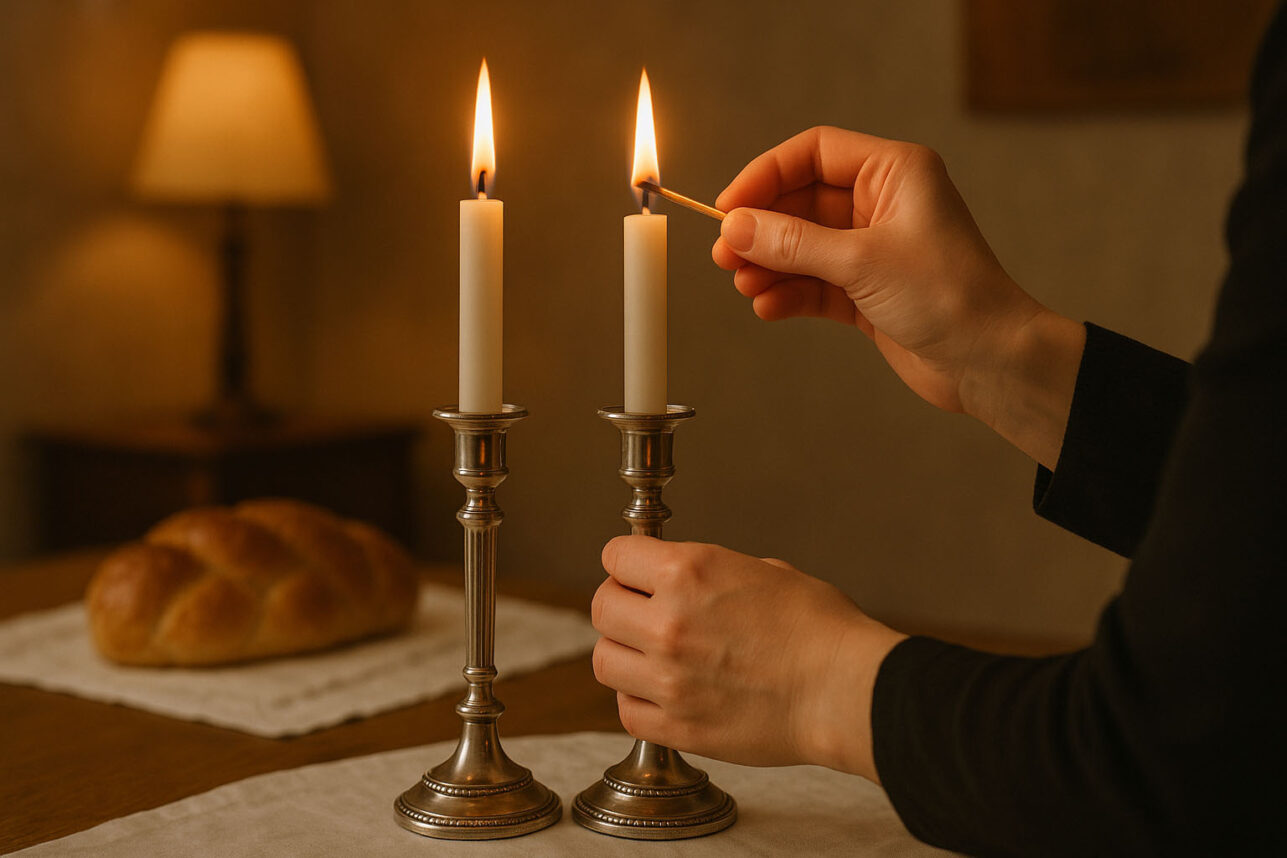
A Bisl Torah — Tiny, Little Jewish Joys
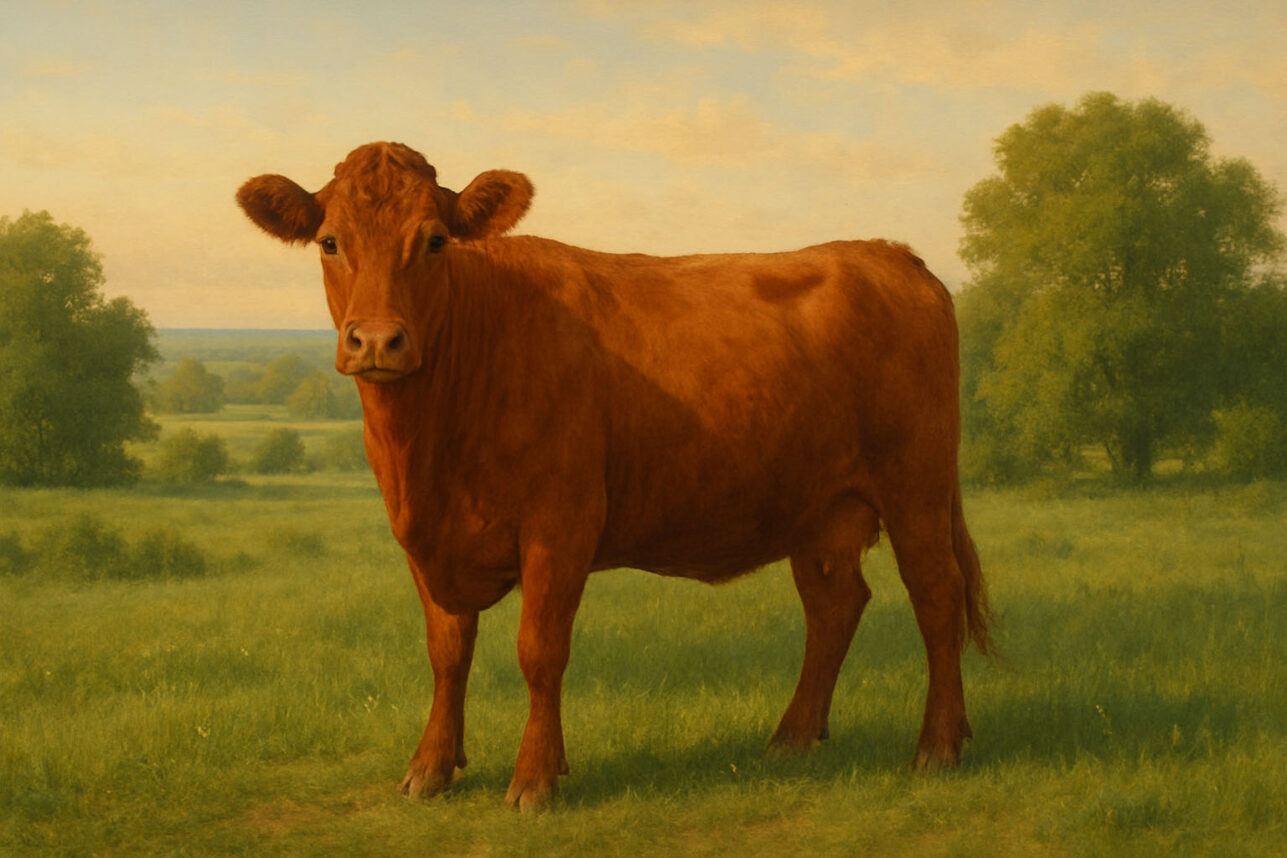
Hayek’s Fatal Conceit and the Red Heifer

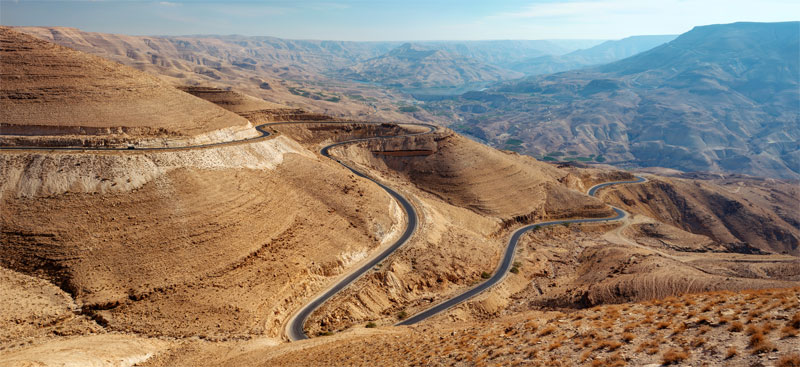



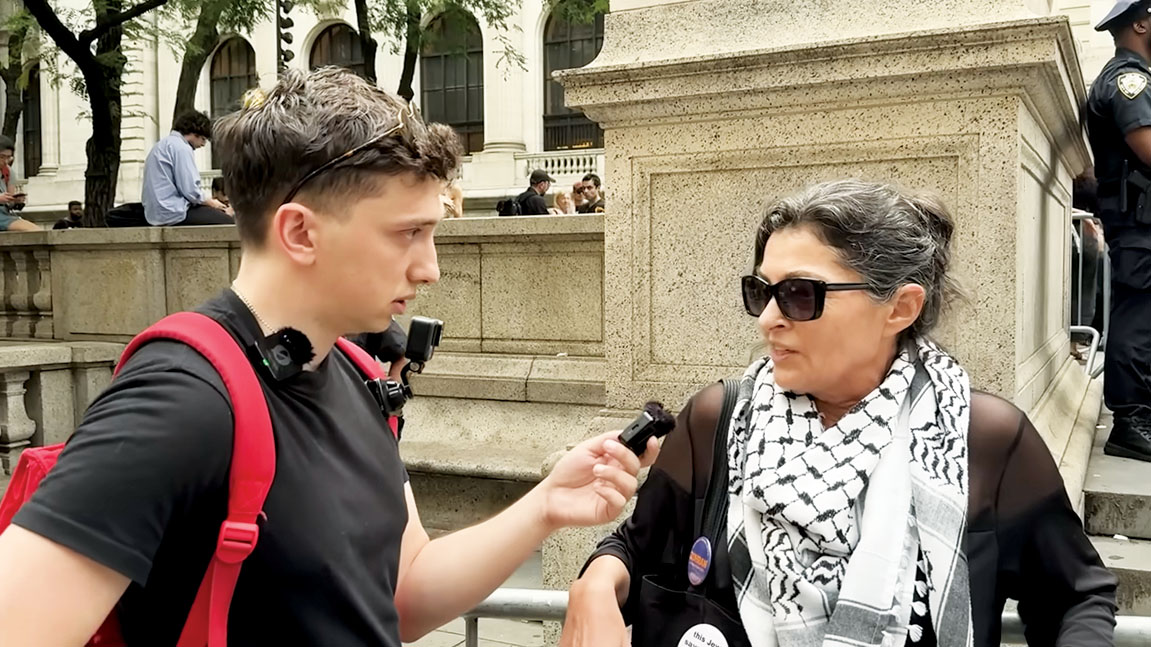


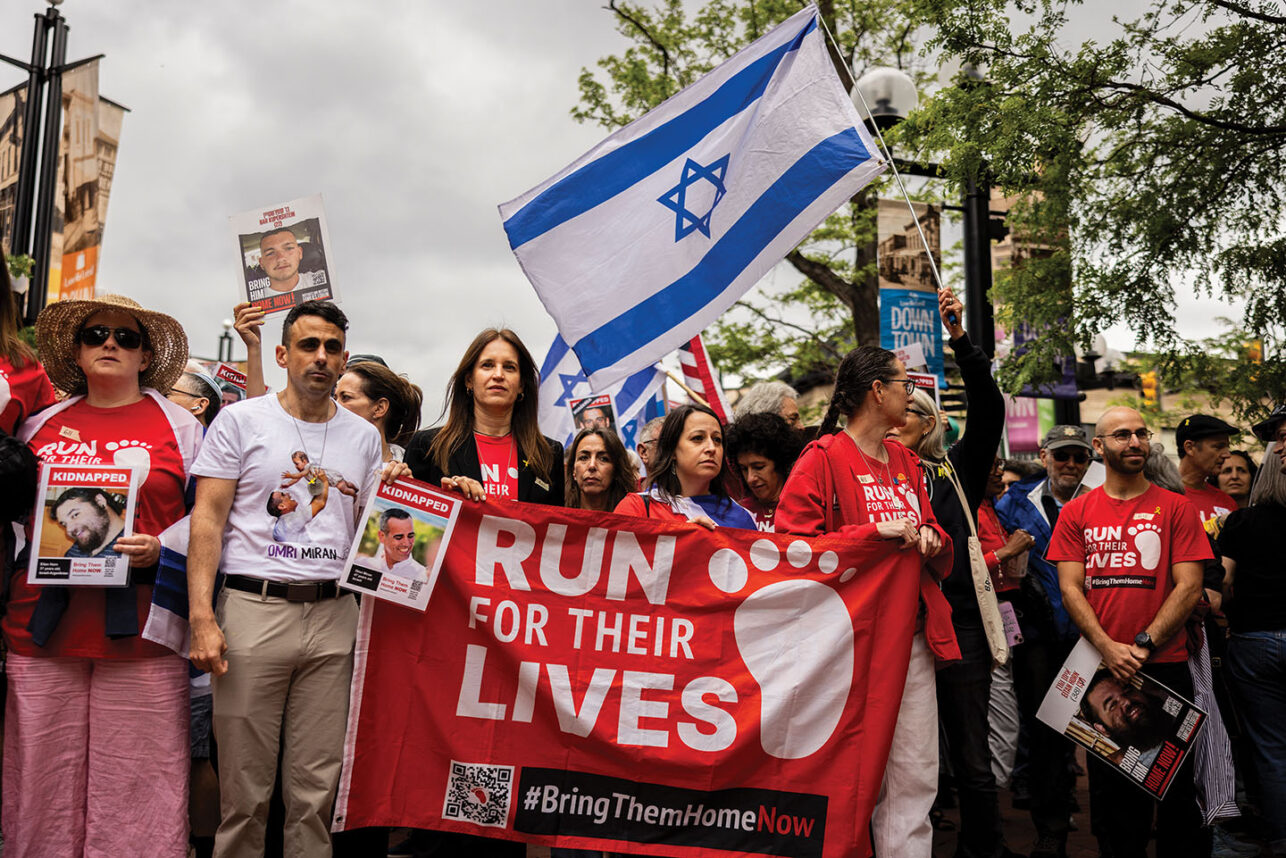


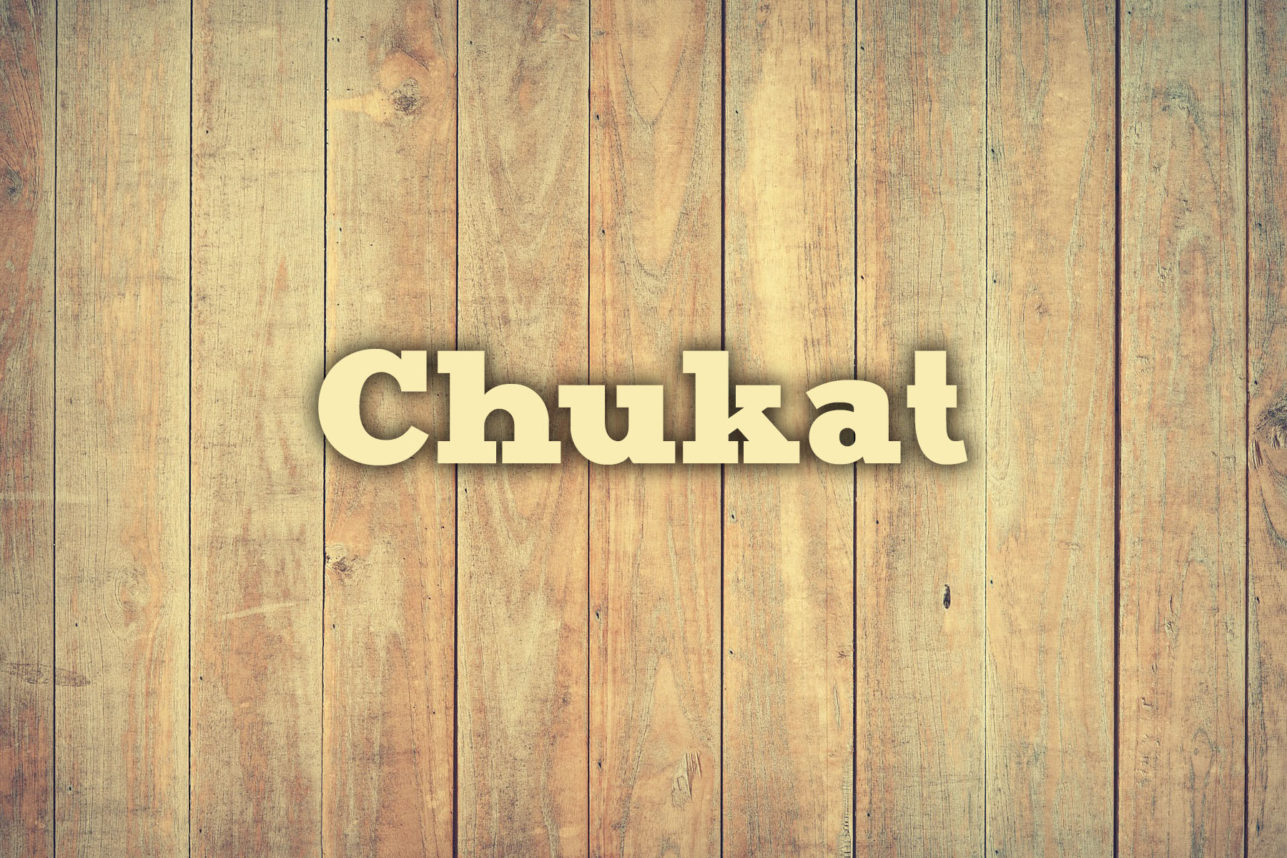
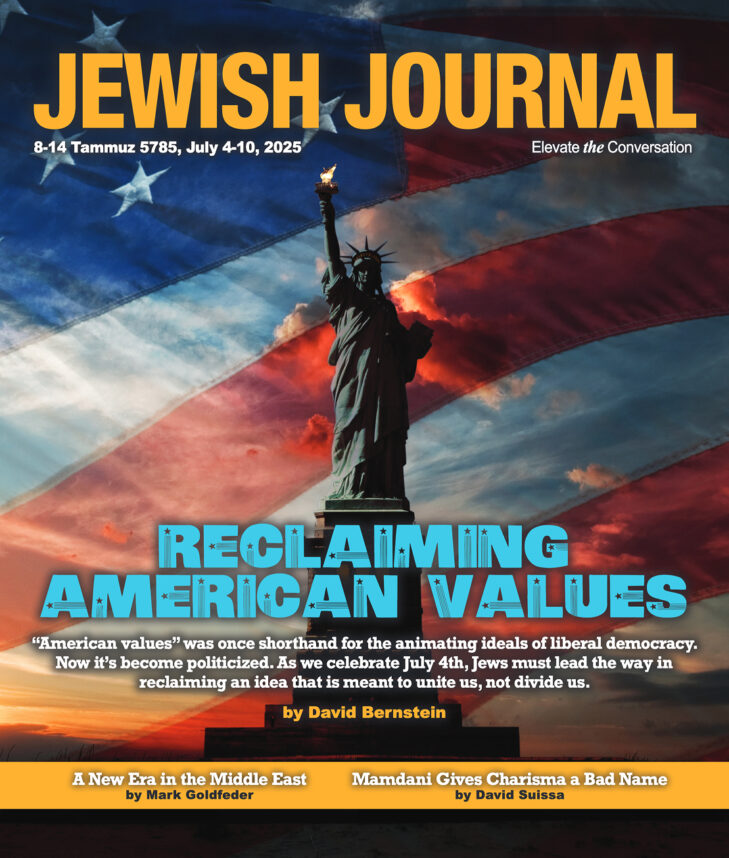
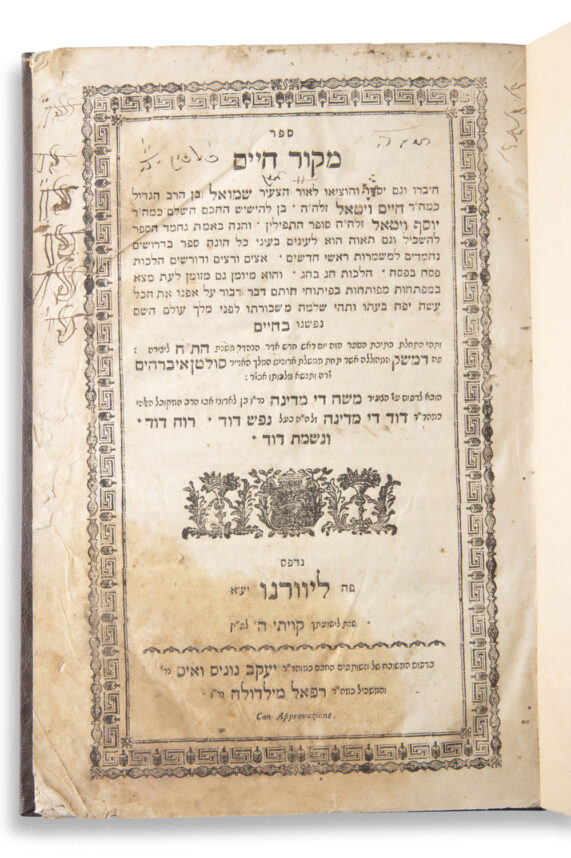
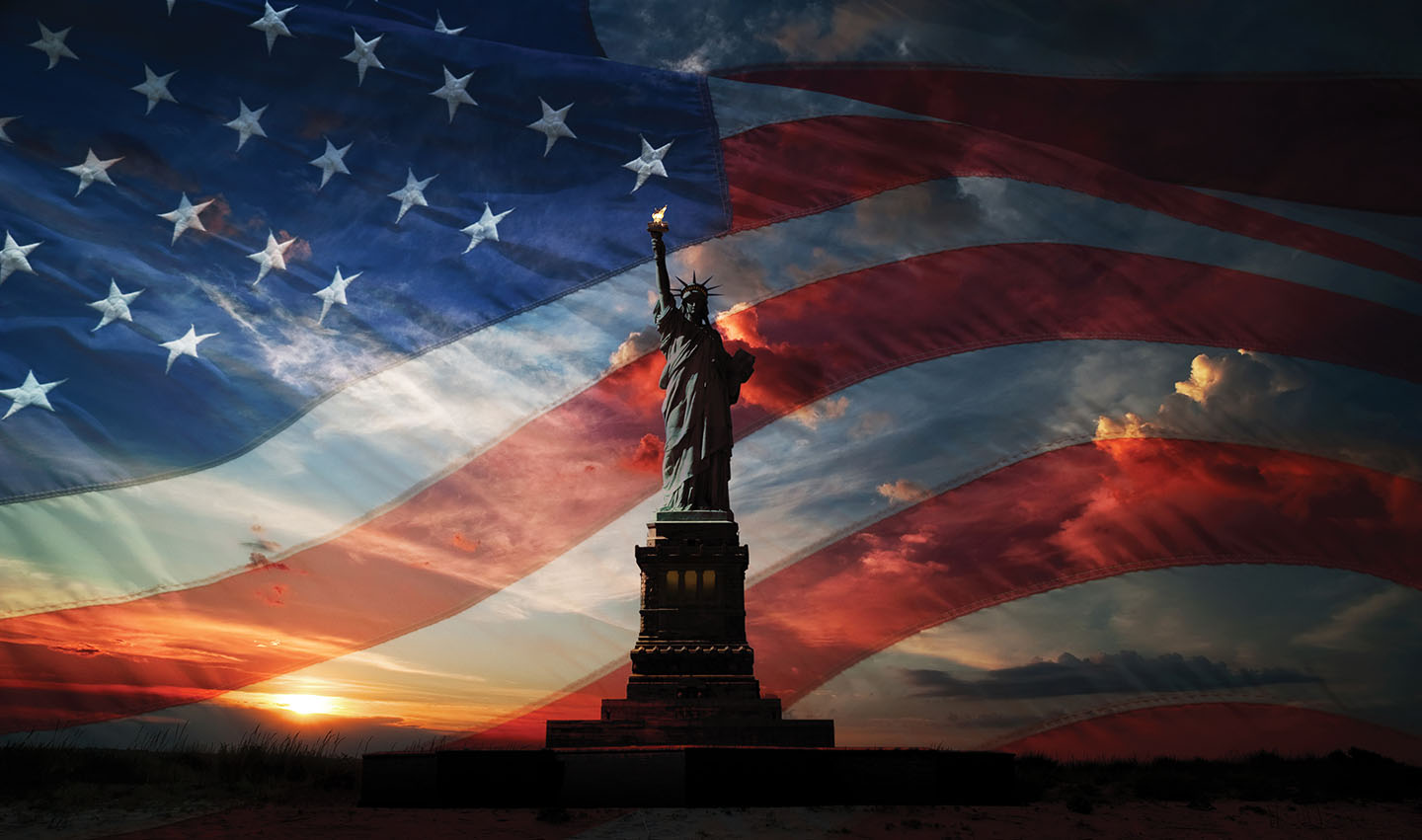
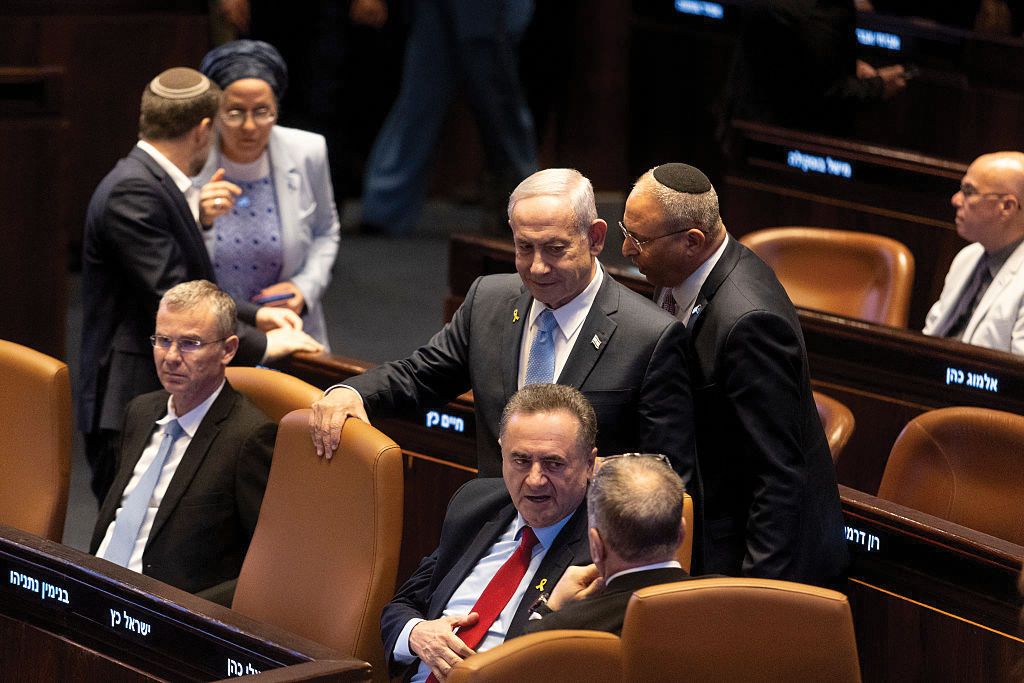
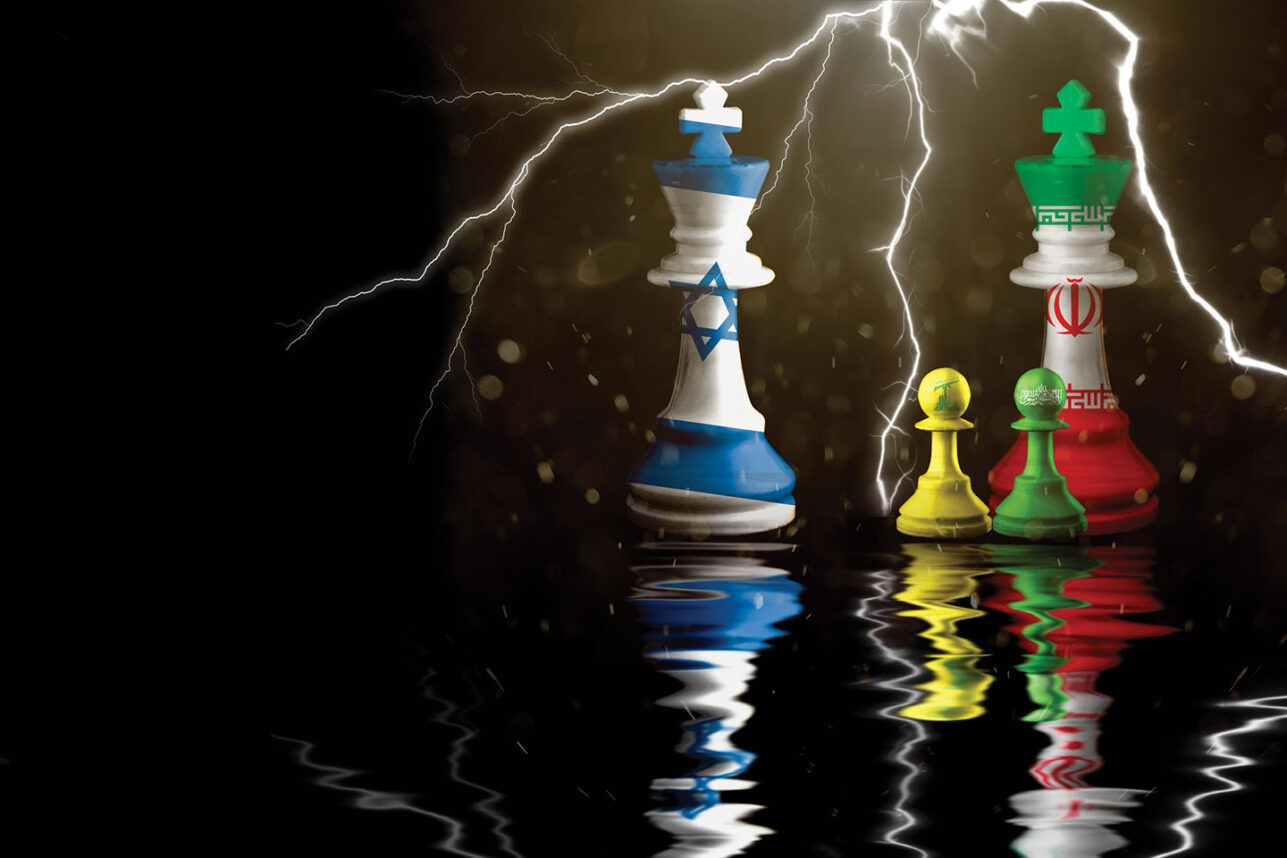

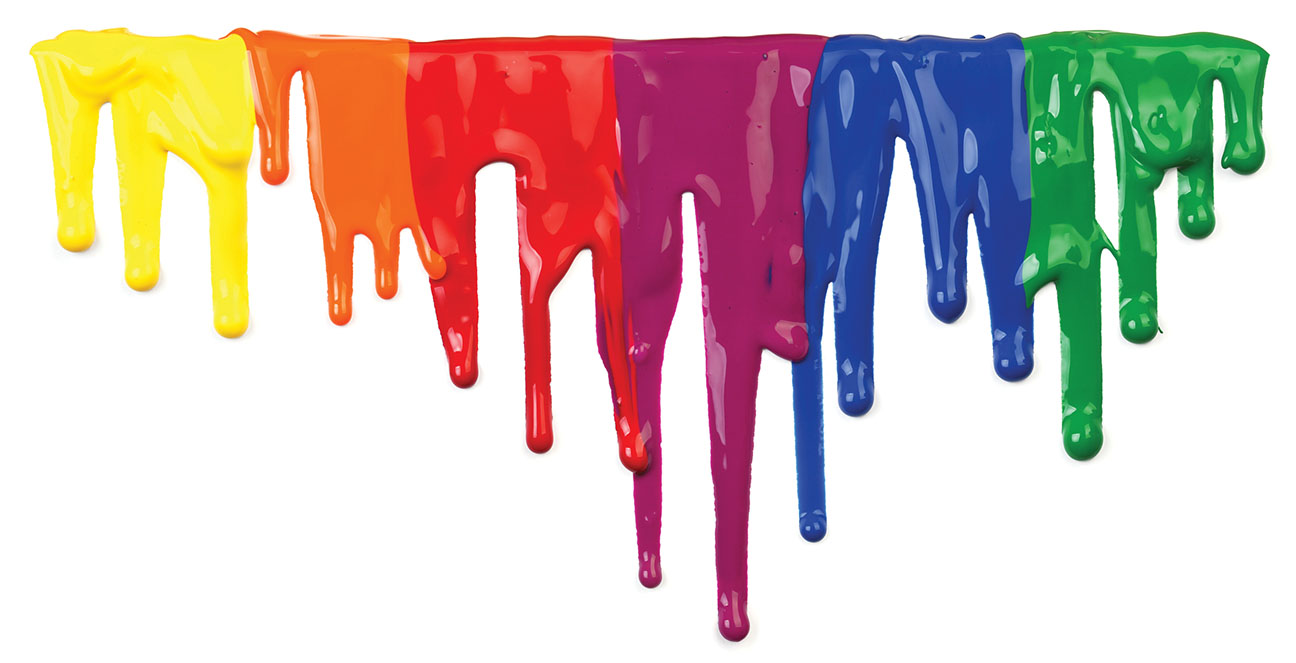
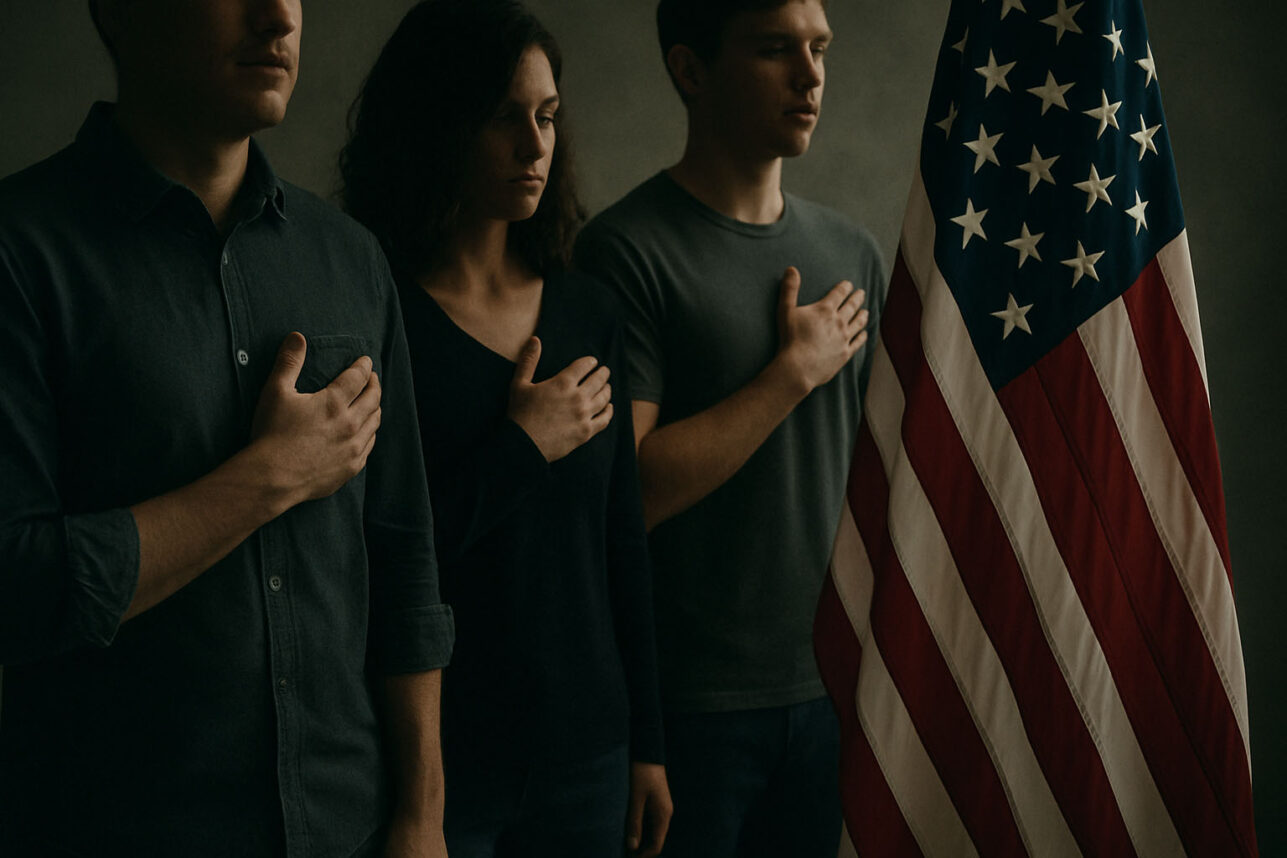
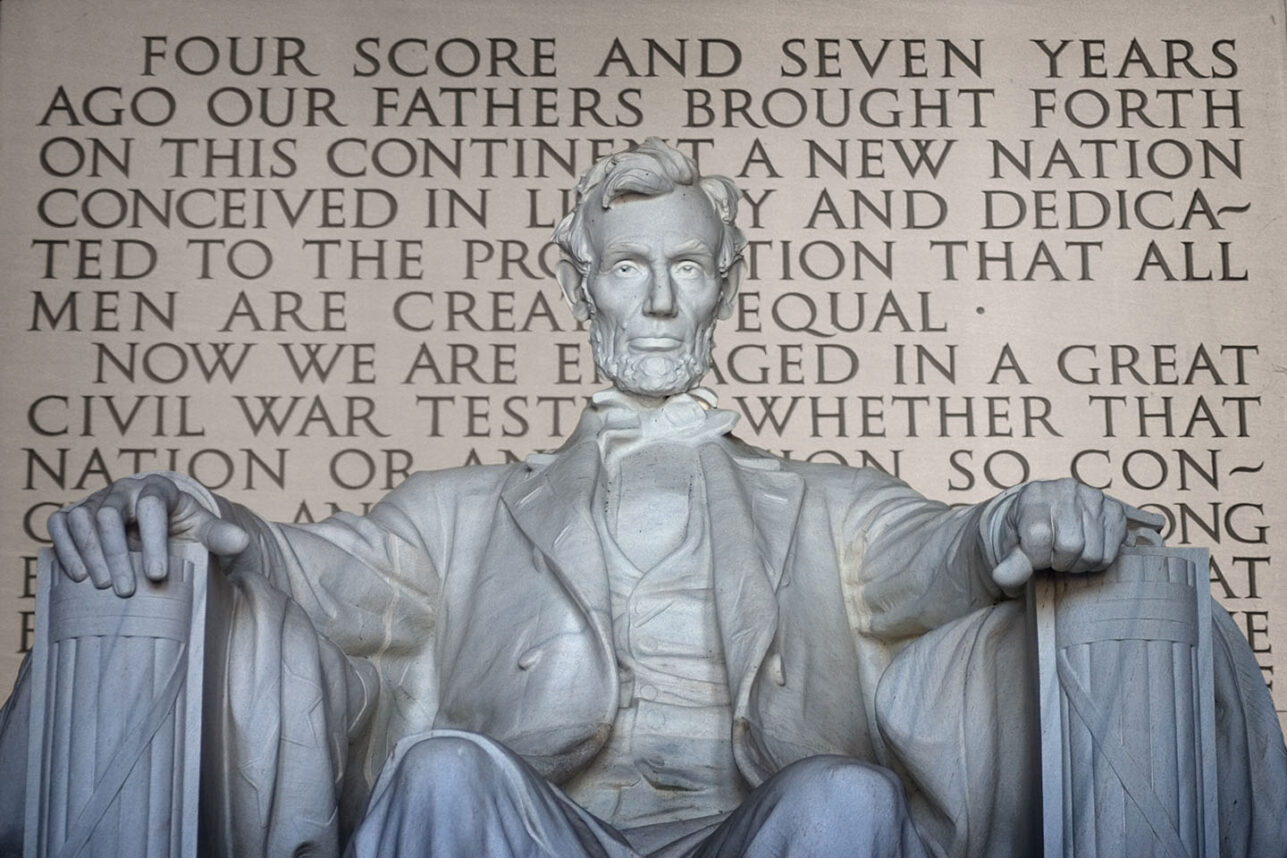

 More news and opinions than at a Shabbat dinner, right in your inbox.
More news and opinions than at a Shabbat dinner, right in your inbox.